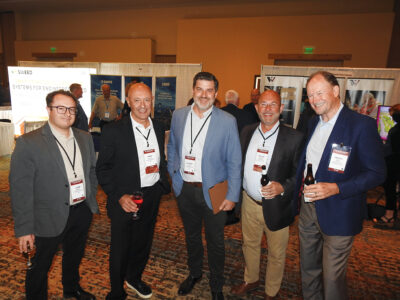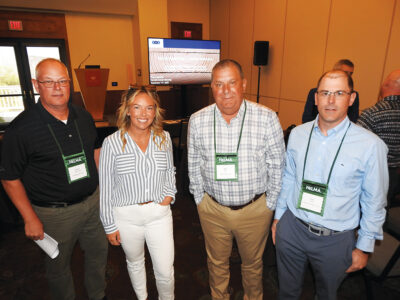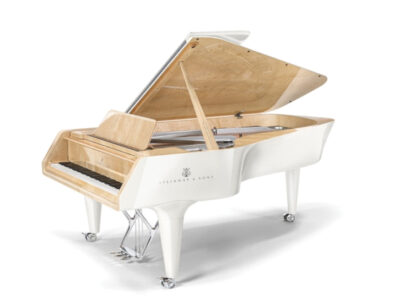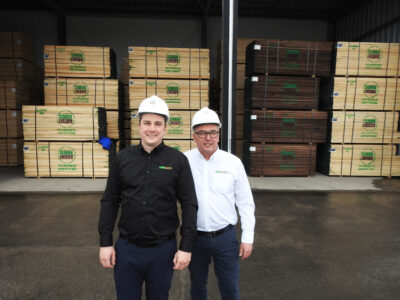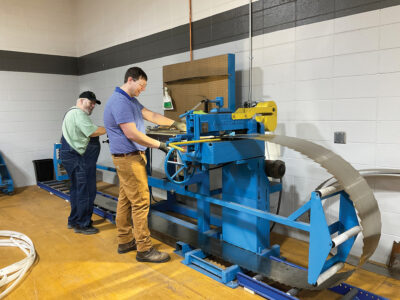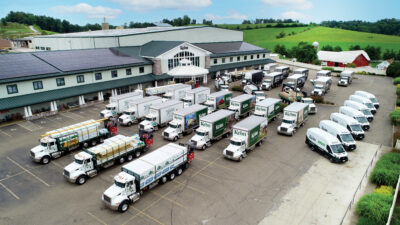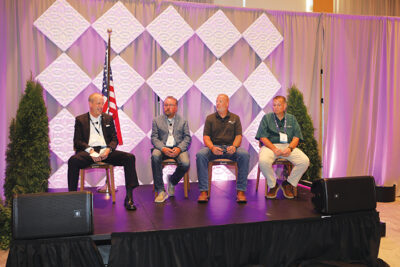Don’t Get Burned
Fire tests confirm not all fire-retardant wood treatments are equal
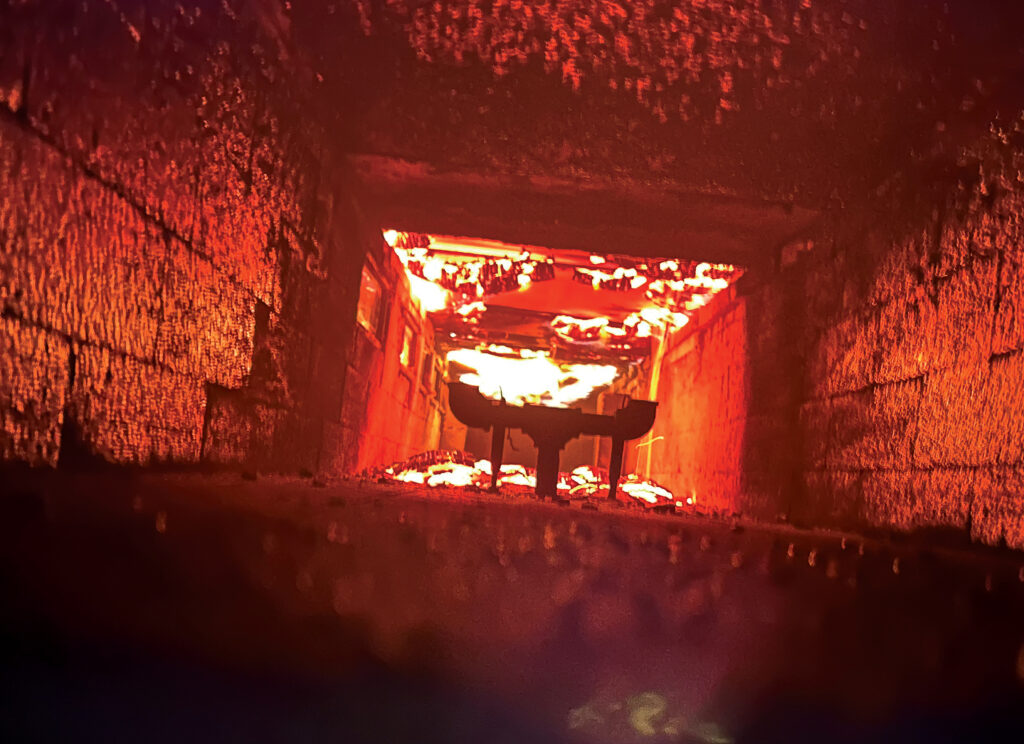

Side view and end view of the ASTM E2768 testing conducted by WWPI to determine the efficacy of marketing claims manufacturers of non-pressure applied fire retardants sometimes make to convince buyers their products meet the fire-retardant requirements defined in building codes. ASTM E2768 requires fire-retardant treated wood to be directly exposed to flames for 30 minutes during which the flames must not spread beyond 10.5 feet at any time. While all tests of pressure-applied fire-retardant treated wood achieved the desired result, 19 of the 21 tests involving non-pressure applied retardants failed to last the required 30-minute duration.
With the growing threat of wildfire fueling increased demand for fire-retardant treated wood (FRTW), some manufacturers are offering alternatives to help meet that demand. These cheaper, unproven products may be enticing, but it’s easy to get burned by the misleading claims sometimes used to promote them.
Recent testing of products intended to protect wood against fire clearly show that some of those claims really don’t stand up to scrutiny; and it underscores why building codes have specific language regarding these products.
Building codes matter
The primary purpose of building codes is to ensure our homes and commercial structures are safe places in which to live, work and play.
Building codes are complicated. The International Building Code (IBC) and International Residential Code (IRC) comprise over 100 chapters and appendices with more than 1,500 pages filled with dense technical language and hundreds of cross references.
Complex as they are, when it comes to fire-retardant-treated wood, the codes are about as clear as can be. In Chapter 23, the IBC defines fire-retardant-treated wood as having been “impregnated with chemicals by a pressure process or other means.” It identifies specific testing protocols — ASTM E2768, an extended version of UL723 or ASTM E84 — that must be used to assess their effectiveness in resisting fire. And it states, “The use of paints, coating, stains or other surface treatments is not an approved method of protection as required in this section.”
Fire protection provisions in the codes are there to ensure that in the event of a fire, occupants will have ample time to escape the building and fire fighters will have a chance to enter the building safely to douse the flames.
Opportunity knocks
In the wake of massive wildfires in recent years, codes are evolving with increased emphasis on fire safety. It’s also brought out those who see an opportunity to promote unproven products as less costly substitutes for FRTW products that have been used for decades. Tossing around terms like “code compliant,” “Class A rated” and “ASTM E84 tested,” promoters are seeking to convince lumber and building material dealers to offer their products as alternatives to FRTW.
Skeptical of the efficacy of those products and concerned for the safety of those in fire-threatened structures, Western Wood Preservers Institute (WWPI), with support from Southern Forest Products Association (SFPA), embarked on a testing program intended to determine whether these alternative products are able to perform as required to comply with code provisions covering fire-retardant-treated wood used in structural applications.
The program involved testing pressure-treated FRTW along with plywood and lumber treated with three alternative coating products. The alternative products to be tested were chosen based on perceived marketplace prevalence and manufacturers’ claims that the products qualify for use as FRTW under the IBC Section 2303.2. Testing was performed at an accredited ICC-ES facility in strict adherence to code-mandated protocols.
The results confirmed there are clear differences in performance between the pressure-treated FRTW and the non-pressure applied products. All the pressure-treated products achieved the results required by the codes. Nineteen of the 21 tests on alternative, non-pressure applied products fell short of achieving the required results.
Don’t be fooled
The test results provide clear affirmation that code requirements regarding fire-retardant treated wood are valid.
Claims of code compliance and Class A fire ratings used to promote FRTW alternatives may, in fact, be true. Many of those products meet the provisions of Chapter 8 of the IBC which covers interior finishes. Because interior finish products are non-structural in nature, they require less rigorous testing. Similarly, achieving a Class A fire rating is not enough to qualify products as code compliant under Section 2303.2.
Selling, specifying or using alternative FRTW products that lack the required proof of performance puts people in danger. If a fire breaks out in a building where these products were used as FRTW, building occupants may not be able to escape in time and fire fighters could unwittingly be at risk.
With the complexity of building codes, it’s easy to be swayed by general claims of code-compliance. To avoid getting burned, it’s best to be wary of such claims and to insist on valid proof-of-performance documentation.
A copy of the testing program results summary is available from WWPI at fireretardantwood.org/technical-resources/technical-library/.

